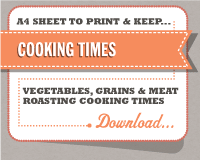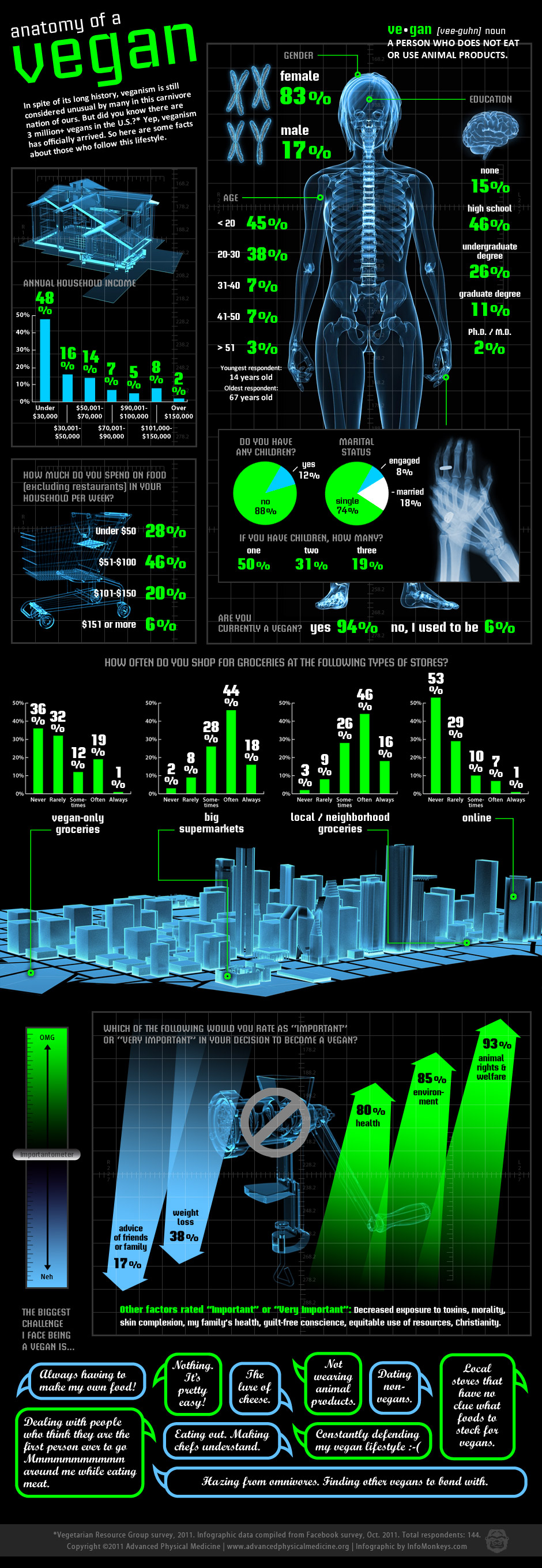
A new infographic design from InfoNewt for Capterra. Top 20 Most Popular EMR (Electronic Medical Records) Software Solutions shows the results of comparing Capterra’s Popularity calculations in the EMR software category.
As the deadline for implementation in the U.S. draws near, talk of electronic medical records (EMR) and electronic health records (EHR) software is a hot topic at the doctor’s office lately. These systems assist medical practitioners in the creation, storage, and organization of electronic medical records, including patient charts, electronic prescriptions, lab orders, and evaluations (just to name a few common features). While the terms “EMR” and “EHR” are often used interchangeably, EMR solutions allow for patient information to be shared within one health care organization, whereas EHR solutions allow for health-related records to be shared across multiple organizations. Below is a look at some of the most popular options in both categories, but to see a comprehensive list, visit our EMR Software Directory. You can also click on any of the company logos in the graphic to go directly to their websites.
Capterra’s listing current shows 324 EMR software solutions, and for their target audience this is a very hot topic with an upcoming Federal requirement in the U.S. to make all medical records electronic by 2014. This is a HUGE issue to convert millions of patient records over the next few years, and practitioners obviously only want to do this once, so picking the right platform up front is critical!
Similar to the Top 20 Marketing Automation Software design, this design features a large pie chart as the primary visualization, and then provides additional information. The main data is Capterra’s Popularity calculations which combine total users, customers, revenue, social media followers and website rankings. Again, the specific percantage values weren’t as important as the ranking and visually showing how the packages compare.
This software category has the added complication that the different software packages are written for different sizes of medical organizations. Single medical practitioners don’t need the same software (or have the same budgets) as hospitals. We also added the element of showing which hardware platforms each package is design to use. Microsoft Windows hardware is clearly dominant, but Apple hardware and Cloud-based solutions made up 30% of searches in this category.
Capterra is the authority when it comes to finding software solutions for businesses, and they’ve done some great work gathering data and measuring the relative popularity of different software categories. Although popularity doesn’t necessarily mean the software is right for your business, it is a really good indicator that the solution is working successfully for many businesses and may be worth a closer look. A better indicator than just total revenue or trying to rate “the best.” You can read their comprehensive blog post about the data behind the infographic.
Thanks to the team at Capterra for being great to work with!
 Cooking,
Cooking,  food,
food,  health,
health,  how-to,
how-to,  information
information 





















